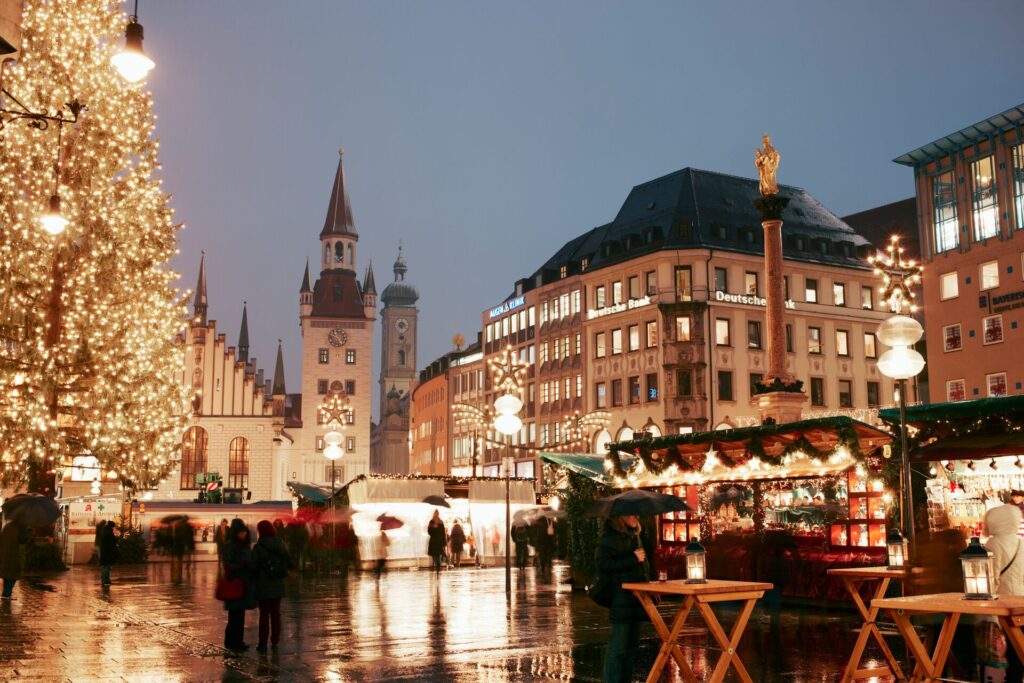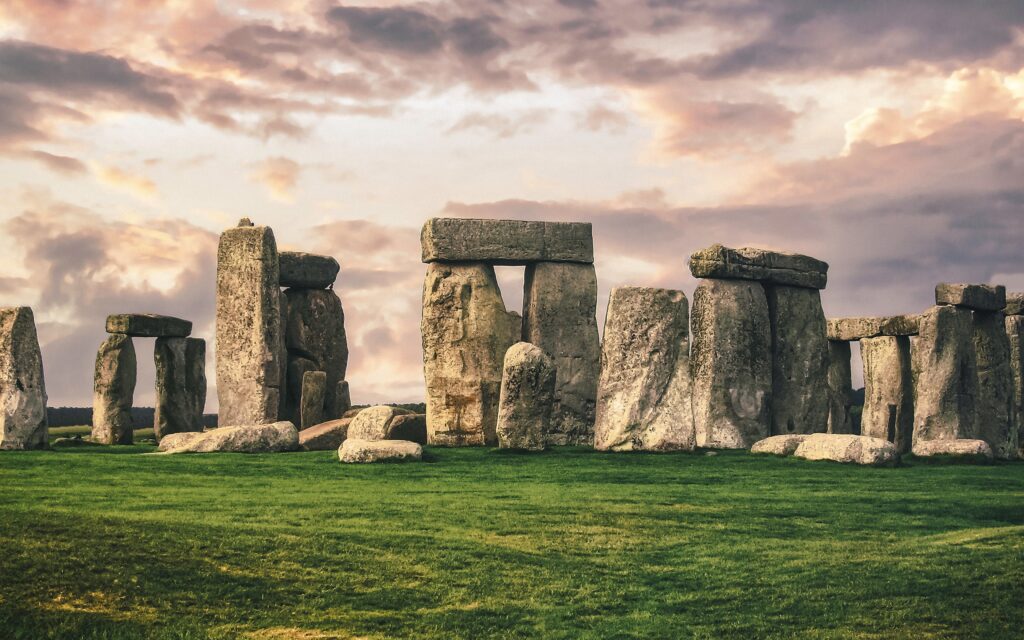How Scandinavia Became a Torchbearer For Women’s Rights, by Travel Director Margot
When it comes to pioneers of gender equality, you’d be forgiven for not immediately thinking of the Vikings. But Scandinavia’s reputation as a torchbearer for women’s rights is reflective of an inherent belief in a fair, balanced and equal society that dates back to the very earliest days.
According to Statistica, the five Nordic countries of Denmark, Finland, Iceland, Norway and Sweden are regarded to be the countries with the best women’s rights worldwide, with welfare systems and legal and political frameworks put in place to uphold this ideal.
To find out more about how this looks in reality, we spoke to Swede Margot Björck, an Insight Vacations Travel Director and former Director of Operations for the Travel Corporation. Born and raised in Gothenburg, Sweden’s second largest city, Margot tells us her Scandinavian background has instilled in her a “progressive, empowered view of travel, especially women’s travel, that she loves to share with her guests while on tour.” This week’s Insightful destination expert, Margot inspired this week’s quiz, clues to which can be found in this article.
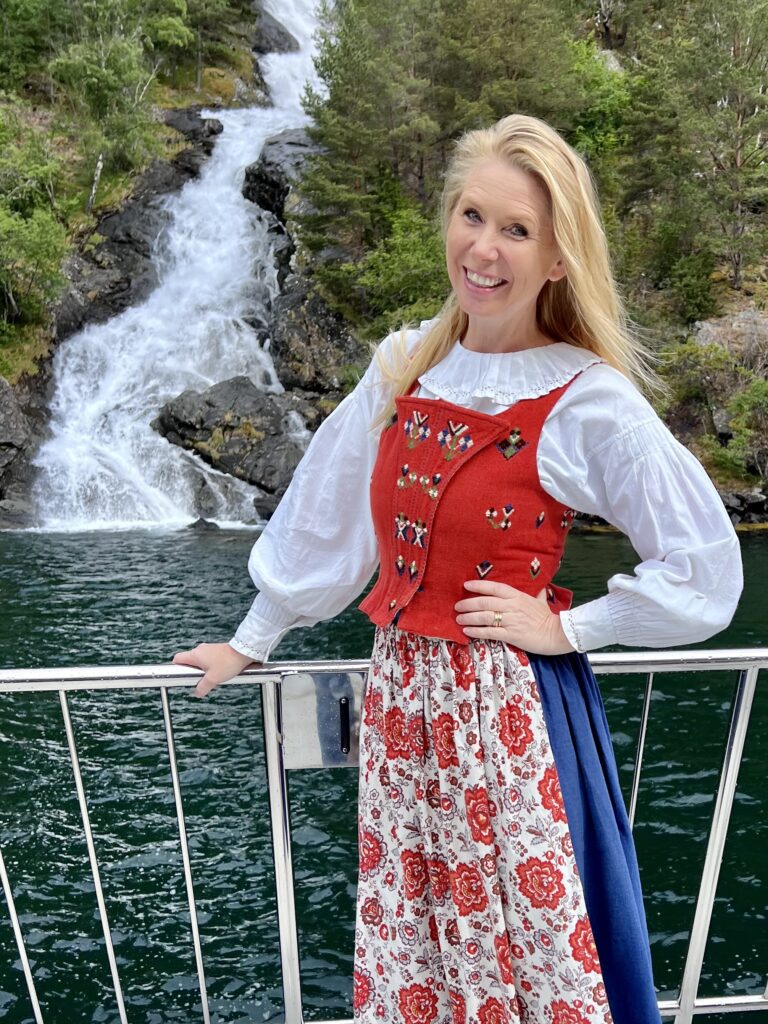
Viking women set the scene
Recent times have seen the Nordic countries—Denmark, Norway, Sweden, Finland and Iceland—emerge as global leaders in gender equality, however the history of women’s rights in Scandinavia the result of a long series of progressive social changes and cultural shifts that have taken place over centuries.
“It’s almost difficult for us Scandinavians to pinpoint examples of women’s equality within our daily lives, because we are so used to it,” Margot explains. “Credited as the countries with the best women’s rights, it is not something that we have come to terms with during my lifetime, it has always been present. We’re talking about a cultural norm of empowerment that has been in place for over a thousand years.
“When looking at the history of women’s rights and why we are strong and powerful, you must go all the way back to the Vikings,”she continues. “In Viking times, when the men left for extended periods, the women were the ones in charge.”
As Viking women held substantial power within their households, managing farm operations and even participating in trade and warfare, their potential roles beyond traditional confines became apparent. However, with the transition to Christianity and feudal systems, the status of women began to decline, and their roles became more restricted.
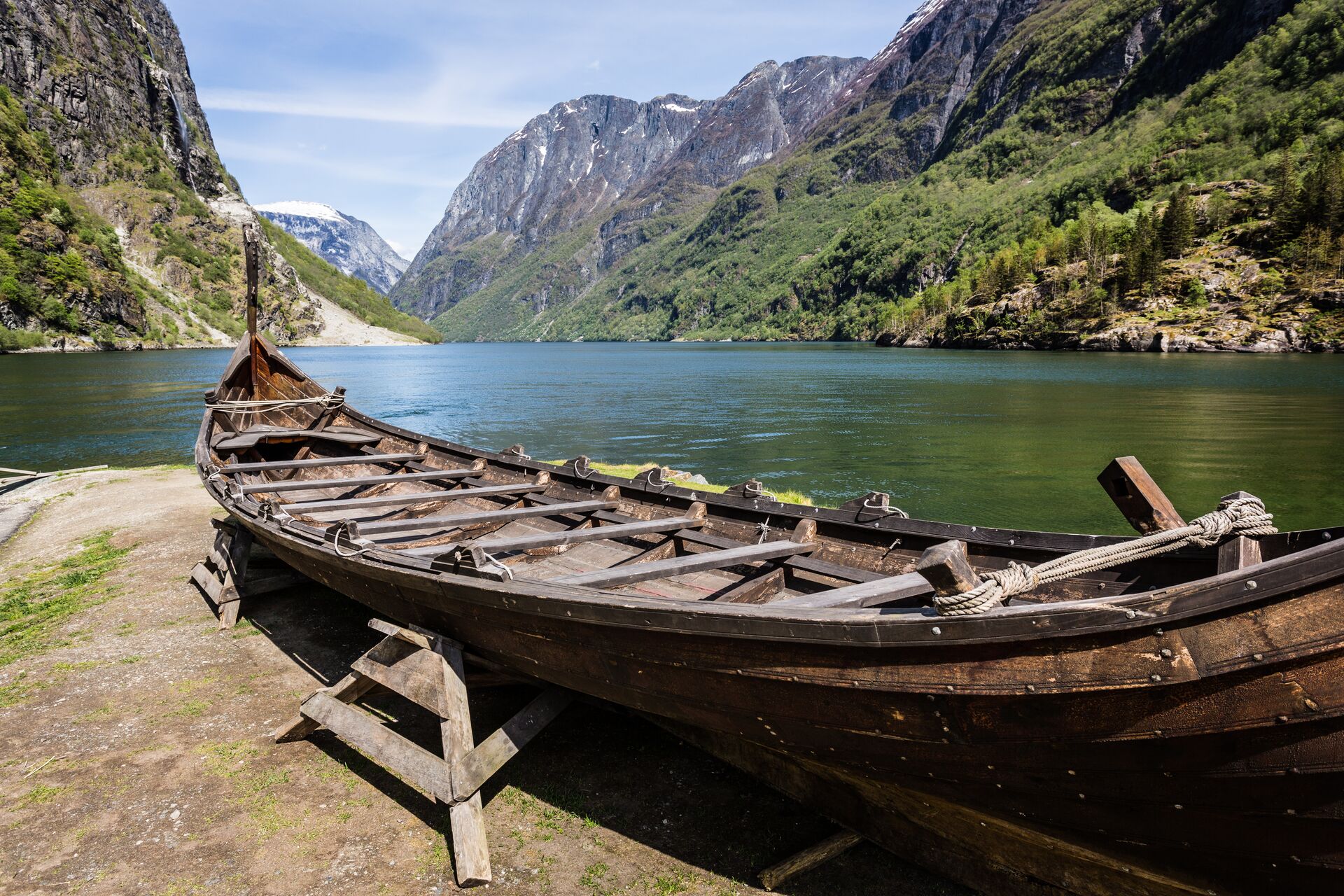
In 1878 near the Viking town of Birka in Sweden, a grave containing a pair of horses, one equipped as if ready for battle in the afterlife, and an arsenal of weapons, was long believed to belong to a male. A century later, osteological assessments and genetic analysis has revealed that this Viking warrior was, in fact, female.
The Enlightenment Era
The Enlightenment era in the 17th to 19th centuries marked significant advancements for women’s rights across Scandinavia, with intellectual movements advocating for individual rights. In Denmark and Norway, the burgeoning feminist movement emerged. Women began to challenge limited educational opportunities, reaching significant milestones, including increased access to schools, the founding of women’s colleges and the rights to work as teachers in the 19th century.
“My home country Sweden has a history of being one of the leading countries with the best women’s rights” says Margot. Back as far as 1734, Sweden’s Civil Code prohibited men from selling their wives’ property without her consent and granted both spouses the right to divorce in cases of adultery. Conditional women’s suffrage was also granted between 1718 and 1772, making Sweden one of the world’s earliest adopters (although revoked in 1772 with full suffrage instated in 1919).
19th and 20th Centuries
The late 19th and early 20th centuries were particularly transformative. In 1906, the autonomous Grand Duchy of Finland, (which later became the Republic of Finland), became the first nation globally to grant both women and men the right to vote and to run for office. Finland was also the first country in Europe to extend voting rights to women. This pivotal moment influenced neighboring countries; Sweden and Norway followed suit, granting suffrage in 1919 and 1913, respectively. The following year, Finland elected the world’s first female members of parliament.

To modern day
Post-World War II, the Nordic countries was gender equality become a defining feature of social policy. Throughout the late 20th century, Scandinavian countries institutionalized gender equality through comprehensive legislation, implementing policies promoting equal pay, parental leave and representation in politics. By the early 21st century, women’s participation in the labor force reached impressive levels, and women increasingly occupied leadership roles in politics and business, with female prime ministers and presidents leading the way.
This has seen Sweden (82) and Denmark (78.8) top the 2024 Women’s Equality Index, produced by the European Institute for Gender Equality – a score of 100 would mean that a country had reached full equality between women and men. In 2023, Iceland, Norway, Finland and Sweden made up four of the five highest ranked countries in the global gender gap index, which looks at gaps in political, economic, educational and health-based criteria.
SAVE UP TO $2,000 PER COUPLE* ON YOUR FIRST PREMIUM TOUR.
Plus receive latest offers, travel inspiration, and discover how your travels will make a positive impact. Together, WE MAKE TRAVEL MATTER®. Subscribe NowLiving in Scandinavia
“In Scandinavia, we’re happy,” says Margot. “If you look at all the research, we’re not just the countries with the best women’s rights, we’re also the happiest countries on Earth. The Nordic countries are always at the top, so I think we’re probably doing something right!
“This is reflected in society. For example, take our equal paternity leave. For us it is normal that both men and women go on paternity – we’re not trapped with lower salaries and missed opportunities because of inequality. So, we do not have that conflict where we feel we are not treated right. We don’t have to fight that battle so we can concentrate on other things, nice things.”
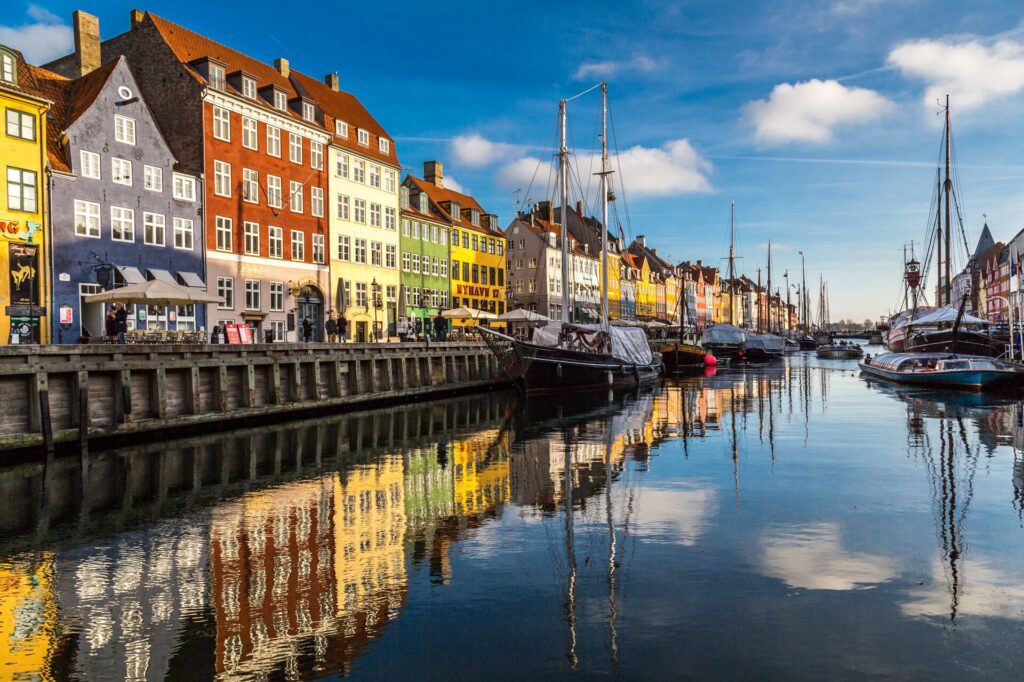
Traveling in Scandinavia
“Scandinavia is a sensational place to travel, and is a very safe,” says Margot. “It’s not unusual to be alone as a woman, or to see groups of women about and about enjoying themselves. It’s just a normal part of everyday society landscape in Scandinavia.”
Scandinavia offers fairy tale landscapes of fjords, mountains and forests. Vibrant cities like Stockholm, Oslo and Copenhagen are known for their rich history and the Northern Lights are one of the greatest natural spectacles in the world.
“Another thing that’s important to note with Scandi travel is that everyone speaks English, which makes a huge difference to how you feel,” she adds. “You can always ask for directions or assistance, and you will be understood.”
Discover the Northern Capitals
Offering the perfect introduction to Scandinavia’s great cities, nature and highlights, our new Northern Capitals – A Women Only Tour gives you the chance to compare and contrast the best of the north. Made by Women, for women, our Women Only tours include many opportunities to meet inspiring ladies that have shaped each destination.
Explore Helsinki’s renowned food market and try local specialties such as smoked reindeer and licorice. Immerse yourself in Stockholm’s vibrant music scene, from ABBA to contemporary productions. In Oslo, dine with celebrated Norwegian athlete Isabelle Sandstedt Pedersen, while in Copenhagen, wander through the famous Tivoli Gardens, see the Little Mermaid and visit Christiansborg Palace, the historic center of Danish authority. Finally, unwind on a private cruise through the city’s picturesque waterways, where your captain will share her fascinating insights.
“Whether you are travelling solo, or with female friends, joining a tour is the perfect way to see the world,” Margot advises. “The stranger sitting next to you today will be your friend by the time you finish. That’s how it works, that’s the real benefit of traveling together, because in the end it’s not just the places you see, it’s the people you meet that make your vacation so memorable and meaningful.”
LIKED THIS POST? SHARE WITH YOUR COMMUNITY


